Updated: 30-Jan-2020
From the 80 hp Minor Series I to the 155 hp Major Series III, Blackburn Cirrus engine powers have been sought for 1- to 4-seat light aircraft, usually with a single-engine, starting its history in 1925. (see ADC).
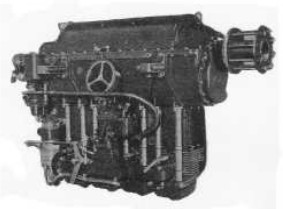
"Blackburn - Cirrus Minor I"
-Before the 1939-45 war, Cirrus engines were used in many countries in a variety of light aircraft, being accepted as a simple and robust engine.
-During WWII they joined the RAF in multiple jobs.
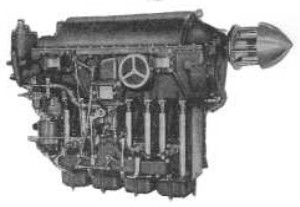
"Blackburn Cirrus Minor II"
-The Minor II Series differs from the I Series in a larger displacement, different cylinder heads and improved induction system. The fuel had a higher octane rating, increasing compression. The oil pump was also different.
-The Cirrus Major was introduced in 1928. In 1936 they produced a certain amount of 130 hp Cirrus Major engines and called them Series I. From 1937 to 1938 the Major was already manufactured with 150 hp and known as Cirrus Major 150.
-During the war this engine was modified, shielding the ignition system and giving it a larger hub. It was the II Series.

"Blackburn - Cirrus Major II and III"
-The Majors built since 1944 admitted lead fuels and had hot and cold admission. The Major III Series had a higher compression ratio and gave 145 hp at takeoff with fixed-pitch propeller. All Cirrus engines had four inverted inline cylinders.
-Minor Series I : Compression 5.8 to 1. Power at 2,300 rpm = 80 hp and at 2,600 rpm = 90 hp.
-Minor Series II: Compression 6.25 to 1. Power at 2,300 rpm = 90 hp and at 2,600 rpm = 100 hp.
-Major Series II: Compression 5.8 to 1. Power at 2,200 rpm = 138 hp and at 2,450 = 150 hp.
-Major Series III: Compression 6.5 to 1. Power at 2,200 rpm = 145 hp and at 2,450 = 150 hp.
-After the war and counting with the experience of the Minor and Major engines, in 1946 came out the "Bombardier" of which there were built few engines. They had 4 cylinders and gave 180 hp.
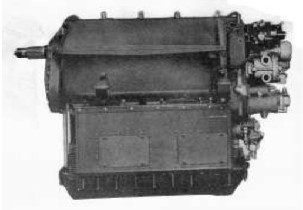
"Blackburn Bombardier"
-The Bombardiers were installed in Tribian aircraft. At the same time, this engine was the predecessor of the 6-cylinder "Granadier" which did not enter into production.
-Some Blackburn motors are also known as "Hermes", the Cirrus-Hermes.
-"Blackburn Engines Ltd." was formed in 1959 to take control of all "The Blackburn Group Ltd." activities, which in turn became part of the Hawker Siddeley group in 1960, to finally end up in Rolls-Royce. During this journey they also went through Bristol Engines Ltd.
-Since 1952, Blackburn built turbine engines under license from Turbomeca, which were designated 500 and 600 series. Both series have the maximum interchangeable parts.
-The “Palas-600” that gave 390 lbf. of thrust was a pure jet engine.
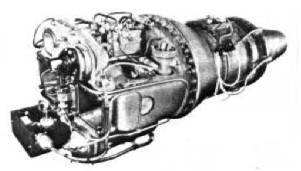
"Blackburn - Palas-600"
-The 475 hp "Artouste-600" and 425 hp "Turmo-600" turboshafts were built for helicopters.
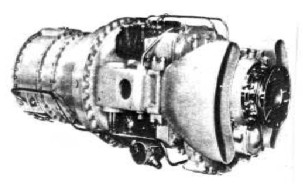
"Artouste-600"

"Turmo-600"
-From the Flight aviation magazine, we have a cutaway of the Blackburn-Turmo engine. These engine were built in license from Turbomeca, and were used in British helicopters.
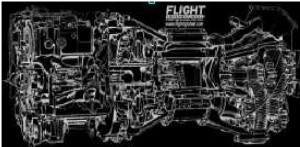
“Blackburn - Turmo” (PiP)
-The "Nimbus", manufactured by Blackburn, originally had the designation A-29.

"Blackburn - Nimbus (A-29)"
-The “Palouste” also build by Blackburn was an air compressor.
-From appendix 6: In the main text we mentioned the Palouste engine (Turbomeca license) that was made by this British brand, but without further details. We now have some.
-We know that the Palouste is an air compressor, which has been used for helicopters to send pressurized air to the jets at the tip of the main rotor blades (Djinn, for example) and for other auxiliary missions.
-This is the case how it was used in the Royal Navy. Mounted on a trolley it served for starting aircraft engines.
-Given that it gave less pressure, the main engines on board were smaller as well.
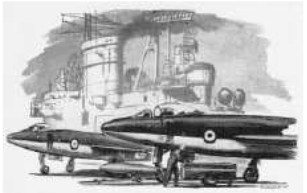
"Engine starting scene"
-The second term trolley is the APU that contains the Palouste turbine, as we can see below.

"The transportable Blackburn-Palouste"
-It was very easy to use and due to the low height it could pass under the wings. Its aerodynamic design makes it possible to be transported under the wings of an aircraft to advanced bases for military ground service.
-Specifically, the engine is a Palouste 500. It provides 2.65 pounds per second of air at 56 p.s.i.a (pounds per square inch absolute pressure).
-The photo published in Flight in 1952 is premonitory in the sense that a piston engine appears with a small turbine above it.
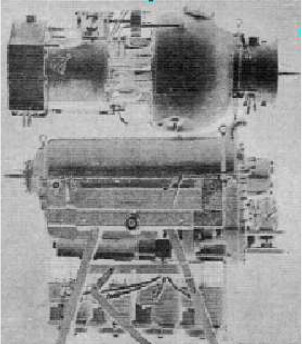
"Period cross in Blackburn" (PiP)
-The Turbomeca licenses were for most of the engines of that moment, although we will see differences especially in outside appearance.
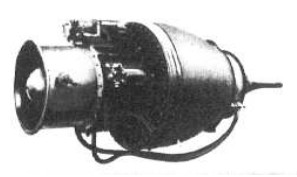
"Blackburn-Turbomeca Marboré II"
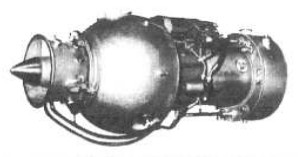
"Blackburn-Turbomeca Palas"
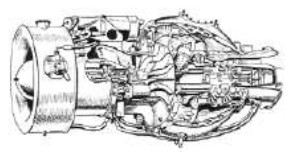
"Cross section Palouste"
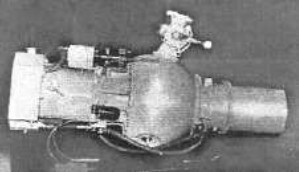
“Palouste with compressed air outlet”

"Blackburn Turmo, rear power outlet"
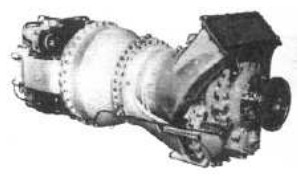
"A clearer view of the rear and B-Turmo exhaust"
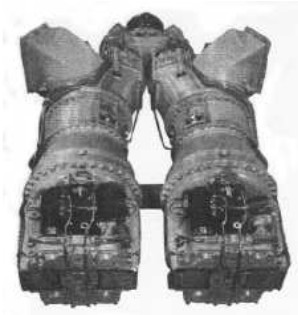
"Interesting Blackburn Twin-Turmo version"
-And a new engine for this publication, the recently obtained “Cumulus”.
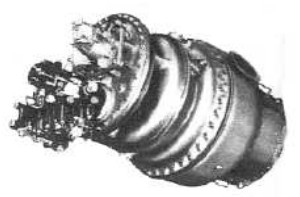
"The Blackburn Cumulus"
From appendix 9: Cutaway of the Blackburn Palouste, build under Turbomeca license with own variations.

"Palouste de la Blackburn"
From appendix 10: Nice photograph of the Astazou that was made under license by British Blackburn.

"Blackburn Astazou"
Blackburn (now in Rolls-Royce) made turbines under license of the French Turbomeca. Some aimed at auxiliary power groups. See original text.
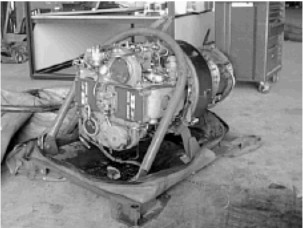
"Blackburn Palouste"

"Blackburn APU container"
-A version of the Blackburn APU with a Palouste engine made under Turbomeca license, was installed on a kind of fuel tank, which are dropped before entering in combat (Drop-tanks).
-It had a low profile to be fitted under aircraft wings, especially in the tight spaces of the Royal Navy aircraft carriers.
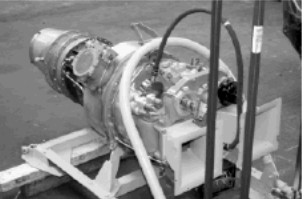
"Otro Blackburn Palouste"
-The two square front air intakes are unmistakable, for a motor with centrifugal compressor. Palouste engines in Jowett carts were mainly used as air compressors for starting.
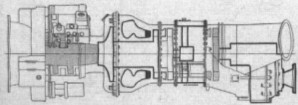
"Blackburn A.129, turboshaft diagram"
Engines of BLACKBURN
Model: Artouste-600 (Lic.)

"Blackburn Artouste-600"
Model: Astazou
Arquitecture: Turboprop
Compressor/s:
Combustion chambers:
Turbines:
Power / Thrust:
Weight:

"Blackburn Astazou"
Model: Cirrus Bombardier

"Blackburn Cirrus Bombardier"
Model: Cirrus Major I, II y III

"Blackburn Cirrus Major II and III"
Model: Cirrus Midget
Model: Cirrus Minor I, II

"Blackburn Cirrus Minor II"
Model: Cumulus

"Blackburn Cumulus"
Model: Granadier
Model: Hermes
Model: Marboré II

"Blackburn-Turbomeca Marboré II"
Model: Nimbus (A-29)
Arquitecture: Turboshaft
Compressor/s:
Combustion chambers:
Turbines:
Power / Thrust:
Weight:

"Blackburn Nimbus (A-29)"
Model: Palas-600

"Blackburn Palas-600"
Model: Palouste

"Blackburn - Palouste with compressed-air outlet"
Model: Turmo-600

"Blackburn Turmo, rear power outlet"
Model: Twin-Turmo

"Interesting Blackburn Twin-Turmo version"


